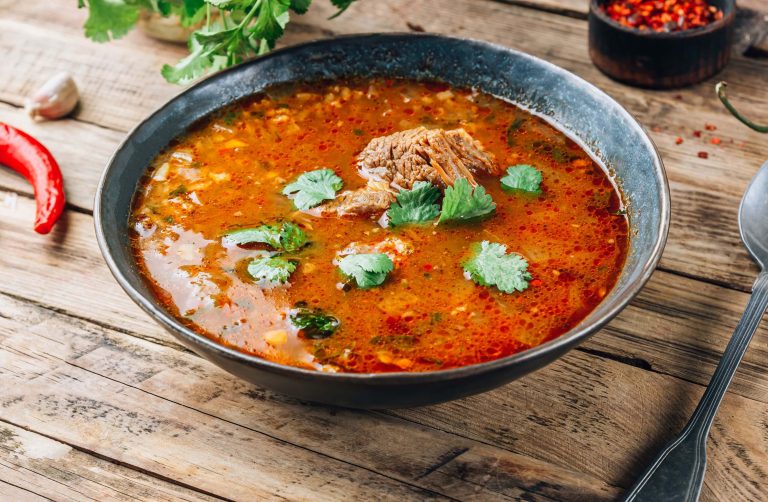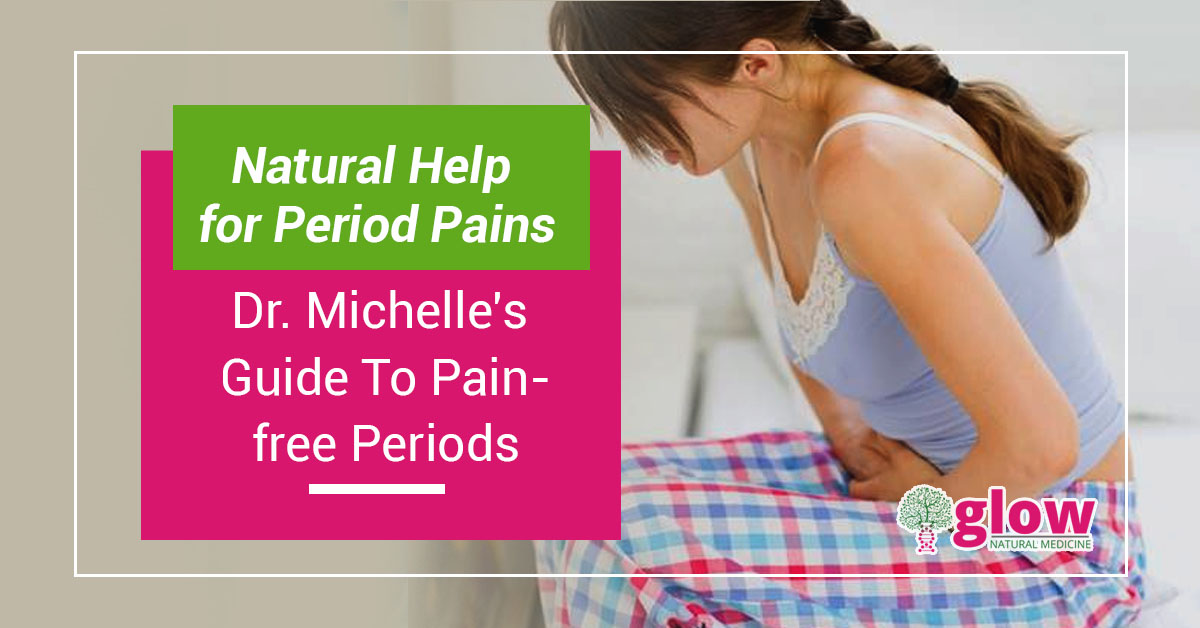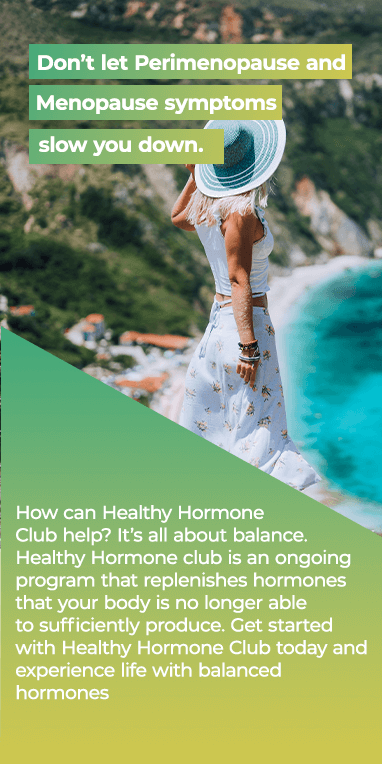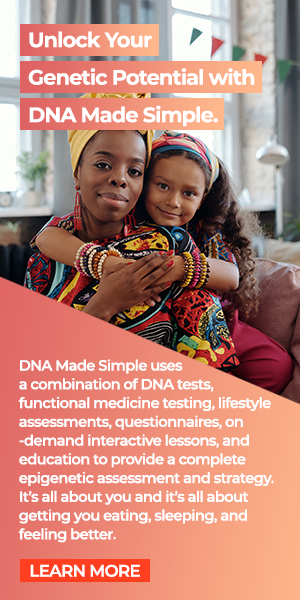

Natural Help for Period Pains
Ugh! It’s “that time of month”! Why does it have to be so miserable for so many women?
What causes menstrual cramps anyhow? And how do you get rid of them?
While many women are plagued with menstrual cramps every month, few understand exactly what causes them, and this is a problem in and of itself.
My philosophy on health in general stands strong here. Before you talk about remedies for cramps, it is important to understand the cause of them. I believe that understanding the root cause of the condition is the first step to fixing it.
So, what is the true cause of menstrual cramps?
Let’s take a walk down memory lane. Perhaps you have some vague memories of 5th grade Health class, or maybe, like many others, you’ve erased this information from your memory. So, here’s a quick refresher: Each month, the uterine lining builds up in preparation for pregnancy. If no fertilization occurs, the thickened uterine lining is no longer required and will shed – this shedding is the menstrual process.
Maybe you already knew that.
But what you might not have known is that when this lining sheds, the uterus contracts to help release it, and this is where cramps come in. Simply stated, menstrual cramps are caused by contractions in the uterus.
If the uterus contracts too strongly, it can press against nearby blood vessels and cut off the supply of oxygen to the muscle tissues in the uterus. When the oxygen supply is cut off, pain results.
But not all women feel the same level of pain. Some feel extreme pain, while others barely notice it.
Prostaglandin is a chemical that causes the uterus to contract, which causes the cramping feeling, so women with higher levels of prostaglandin tend to have more menstrual pain. A woman’s cervix needs to open slightly to allow the blood to pass, and the contractions (cramps) needed to open the cervix can be experienced in the same way that mini labor contractions are.
Women with narrower cervical openings may require more prostaglandin to allow the lining to pass through – and that could lead to more intense cramping.
Increased pain could also be linked to a number of underlying conditions, including fibroids, adenomyosis, imbalanced hormones such as low thyroid, ovarian cysts, reproductive infections, endometriosis… all can lead to even more painful periods. This highlights the importance of speaking to a doctor if you think your cramps are worse than usual in order to rule out any of these additional problems. A simple pelvic ultrasound can help rule out any of these additional issues that could be at the root of your painful periods.
But if your period causes you pain on a monthly basis and you’re not suffering from an additional problem, there could be one or many reasons for that.
Stress is often the biggest culprit.
This stress could be physical, mental/emotional or biochemical – or any combination of the three. Inflammation and low levels of minerals like magnesium are commonly linked to menstrual cramping.
With this understanding of the core problems that cause menstrual cramps, we can much more easily find natural remedies to cramping.
1. Diet is Key
You likely noticed one common theme in my writing – there are a few things that seem to be at the root of many of the health complaints that I hear on a daily basis – inflammation, nutritional deficiencies and stress are all major culprits in hormonal imbalance and menstrual issues, and all can be affected by diet. And while we all know that the first thing you want to do when you get your period is eat junky food – like chocolate and pizza – the worse you eat, the worse you’ll actually feel.
Diet Rule # 1: Keep Away from Inflammatory Foods
Limit processed sugar, conventionally raised animal products, genetically modified foods and anything that contains processed vegetable and seed oils.
Sugar is a major source of chronic inflammation in the body and can therefore lead to more painful cramps. Vegetable and seed oils get damaged when they are processed and they contain high levels of Omega 6 fats – which can lead to increased menstrual cramping.
You may also want to avoid super salty foods, as these can increase water retention – which can lead to worse cramps.
Diet Rule # 2: Fill up on Anti-inflammatory Foods
Keep period pains at bay by adding more omega-3 fatty acids and vitamin D to your diet, which can help decrease the levels of prostaglandins in the system and can be found in salmon, eggs and dark leafy greens. Going with a diet that is largely plant based, including healthy fats like coconut oil, olive oil, fatty fish, and lots of colorful veggies and berries will work wonders in reducing inflammation and pain.
Diet Rule # 3: Up Your Intake of Useful Minerals, Vitamins, and Fiber
Magnesium and Potassium are key nutrients for preventing water retention, which is known to contribute to menstrual pain, so eating foods such as bananas, pumpkin seeds, and dark leafy greens can help with this. And don’t forget, chocolate is also high in magnesium, so you have a good excuse to indulge in your square or two of dark chocolate during your period. You’re welcome. ?
But, that’s not all.
Brassica vegetables, such as broccoli, cabbage, kale, cauliflower and Brussels sprouts contain carbon-3-inositol, which helps regulate estrogen activity and can ease bloating and menstrual discomfort.
Taking a great B vitamin complex can also help banish bloating.
Here is a tip that I learned during my studies at the Institute of Functional Medicine. It’s called “seed cycling”. I cannot remember the name of the amazing naturopath that taught this workshop – but this strategy is absolutely amazing.
Here is how it works:
For the first half of your cycle, you are going to enjoy a mixture of 1-2 tablespoons of ground flax, chia, and pumpkin seeds along with a tablespoon of high quality fish oil (This mixture can be added to a smoothie or made into a “pudding” or snack).
The second half of the month you’ll switch to 1-2 tablespoons of ground sesame and/or sunflower seeds with 1-2 grams of evening primrose oil.
Each set of seeds and oils promotes the proper hormones at the right time in your cycle, while the mixture provides the fiber and nutrients to facilitate an efficient hormone metabolism.
2. Movement Matters
I get it. You’re bloated, in pain, and just want to veg out… but a bit of exercise may help solve your pain problem.
In fact, I have had many days when I forced myself to the gym or out for a walk because I knew the power of exercise.
The increased blood flow and the endorphins help counteract the prostaglandins and reduce cramping. Some women even compare these endorphins to a “natural morphine”.
If the pain is extreme, it may seem impossible to go for a run, or crank out a spin session, and that is okay. Light exercise such a Yoga, Tai Chi, or a slow walk can also be very effective in easing the pain.
Preemptive Exercising
Perhaps the best way to use exercise to relieve period pain is to do the exercise BEFORE the pain starts. In other words, doing exercise when it isn’t your time of the month can actually help reduce the amount of pain you experience when your period strikes. That way you don’t even have to worry about working out during your period – although you may feel even better if you do.
Research suggests that the better toned and more activated your lower abdominal muscles are, the better your chances are for reduced cramping.
3. Turn Up the Heat
Remembering that cramps are due to contracting muscles, so makes this tip a no-brainer — apply heat.
A heating pad can be a woman’s best friend when it comes to menstrual cramps. Heat opens blood vessels and improves blood flow and dissipates the pain.
But if regular heat packs and bathtub soaks aren’t doing the trick, castor oil packs can be a lifesaver. These are a great way to detox the liver, often associated with menstrual cramps, though this isn’t an immediate reliever, but rather a long-term solution. You’ll need to apply them a few times the week before your period. To do so, apply castor oil to the belly and top with a piece of wool cloth, followed by plastic wrap and a hot pack wrapped in a towel. Rest for 20-40 minutes before removing.
4. Hydrate
It would be awesome if someone would create a magic period pain potion that you could just drink and it would cure your period problems, but there are a few beverages you could try.
Keeping hydrated with lots of water is a good place to start. Water actually prevents the body from retaining water, and it also prevents bloating. For cramping, warm or hot water is known to increase blood flow to the skin and help relax cramped muscles. You can also banish bloating by increasing your consumption of foods with a high-water content, like cucumbers, celery and berries.
5. Tapping
Not tap dancing – although that would likely count for exercise.
Emotional Freedom Technique, aka “Tapping” or EFT, is helpful for all types of physical discomfort, including menstrual cramps because it helps balance your natural rhythms and flows in the body and move blocked energy. EFT also goes deeper, as the experience of pain is never just physical – no matter if the catalyst is clearly a physical condition. EFT helps identify the emotions and stories that release emotional energy and enables a new, more self-serving story.
6. Try Essential Oils
Use essential oils like rosemary, marjoram, and lavender specially designed for easing muscle spasms and relieving cramping. These oils can be used alone or as a blend and applied topically to the abdomen or massaged into the feet (with a carrier oil) or they may be diffused into the air.
Clary Sage is a good essential oil blend that when applied to the abdomen at the onset of cramping can be a powerful pain reducer – with similar effects to ibuprofen – without the negative effects.
7. Sleep like a princess
In general, getting enough sleep is crucial to one’s health. And believe me when I say that it pays to be especially diligent during PMS-prone times. Interruptions in your regular sleep rhythms can interfere with your monthly cycle and result in even more irritability, fatigue, and stomach cramping.
Of all the strategies to ease menstrual pain, perhaps the most profound is to listen to your body. There is no one universal solution for all women, as we each have unique bodies and cyclical adaptations.
The point is that you may need to try several of the above remedies to find the one or ones that work best for you.
- Posted
- in Natural Medicine
- By Michelle






Comments are closed for this article!